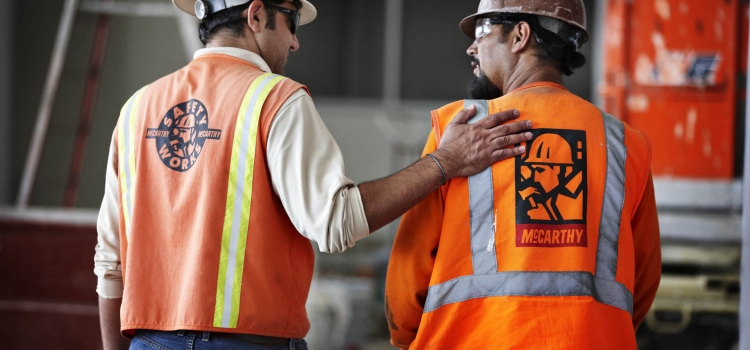 2018 Update on Employee-owners
2018 Update on Employee-owners

The National Longitudinal Surveys (NLS) follow the same sample of individuals over time. Thanks to support from the Employee Ownership Foundation, we have a new round of analysis that tracks these workers as they age deeper into their 30s.
Similar to our 2017 research report, the analysis examines the characteristics of workers with employee ownership at their workplace compared to similar workers without such benefits.
The median job tenure of employee-owners is 5.1 years, 46% greater than the 3.5 years for those without an ESOP, as shown below.
| As of 2015 interview | EMPLOYEE-OWNERS | NON-EMPLOYEE-OWNERS |
| Average length of tenure in years | 5.9 | 4.8 |
| 10th percentile | 1.1 | 0.9 |
| 25th percentile | 2.2 | 1.7 |
| 50th percentile | 5.1 | 3.5 |
| 75th percentile | 9.0 | 7.2 |
| 90th percentile | 11.4 | 10.4 |
| n | 871 | 3,939 |
| Benefits at current or most recent job | EMPLOYEE-OWNERS | NON-EMPLOYEE-OWNERS |
| A flexible work schedule | 63% | 40% |
| Medical, surgical, or hospitalization insurance that covers injuries or major illnesses off the job | 97% | 69% |
| Life insurance that would cover your death for reasons not connected with your job | 92% | 52% |
| Dental benefits | 94% | 62% |
| Paid maternity or paternity leave | 67% | 32% |
| Unpaid maternity or paternity leave that would allow you to return to the same job, or one similar to it | 63% | 35% |
| A retirement plan other than Social Security | 92% | 55% |
| Tuition reimbursement for certain types of schooling | 66% | 26% |
| Company provided or subsidized childcare | 26% | 6% |
| Employee Stock Ownership Plan(s) | 100% | 0% |
In the two figures below, employee-owners are defined as those who have participated in an ESOP since 2013 or earlier; non-employee-owners have not.
Chart 1 shows that both employee-owners and non-employee-owners start off with roughly equivalent, and minimal, levels of household wealth. The gap between the two emerges gradually and gets more significant over time.
Chart 2 shows a similar pattern for wages.
